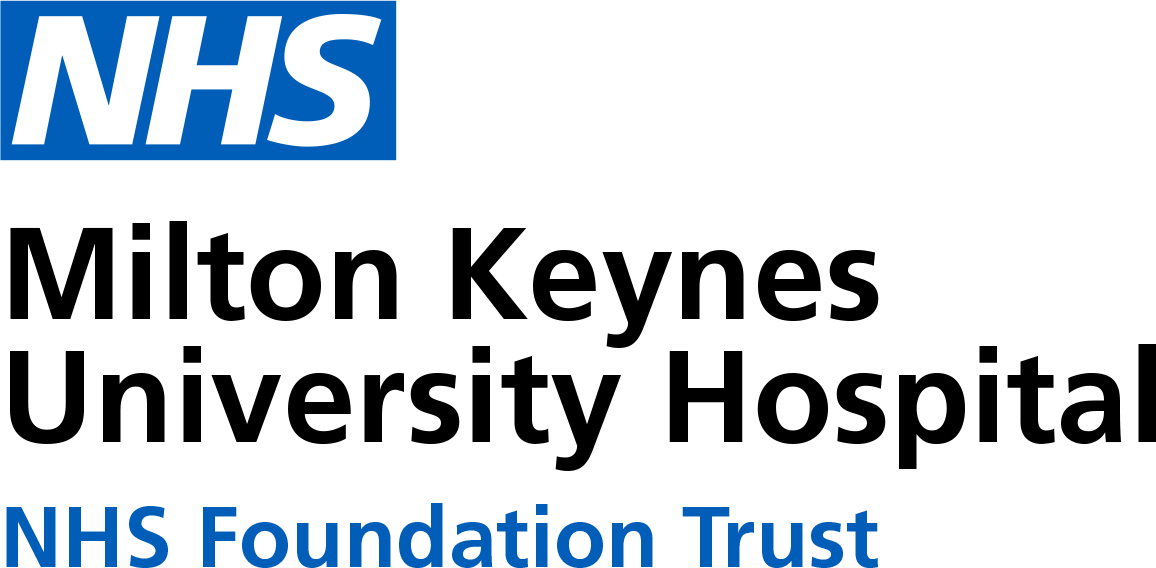Treatment for mild hypoglycaemia
Please note, this page is printable by selecting the normal print options on your computer.
A mild hypo is defined as the child being able to tolerate oral fluids / Glucogel.
Remember 4 (mmol/l) is the floor. You treat a blood glucose level of 3.9mmol/l or below as a hypo.
Low blood glucose might happen because:
- A meal or snack is missed or delayed
- You haven’t eaten enough
- Too much exercise with no extra food
- Having more insulin than your body needs
- Stress / excitement / worry
When low blood glucose happens, the body may give warning signs (some of which are listed below) to indicate that more sugar is needed in the blood. These signs may be subtle or strong, and sometimes it may be difficult to recognise that someone has a low blood glucose level.
| Shaky | Sweaty | Sleepy | Confused |
| Weak | Hungry | Head/Tummy ache | Dizzy |
| Cold | Nightmares | Heart beats faster | Restless Sleep |
| Change in mood | Change in behaviour | Crying for no reason | Tired |
Low blood glucose needs to be treated quickly!
- Test the blood glucose if you can. If it is 3.9mmols or below then…
- Give 10-15g of fast acting oral glucose to put glucose back into the body quickly. 10g for children under 5 years old. 15g for children over 5 years old.
Examples of 10g fast acting glucose:
100mls of ordinary Coca Cola© / 100mls fresh fruit juice / glucose tables – i.e. Glucotabs / Dextrose tabs but please check packaging as the carbohydrate content varies dependent on the make.
Examples of 15g fast acting glucose:
150mls of ordinary Coca Cola© / 150mls fresh fruit juice / glucose tablets i.e. Glucotabs / Dextrose tabs but please check packaging as the carbohydrate content varies dependent on the make.
If your child refuses their oral treatment but is able to swallow, administer Glucogel – you will be advised how to administer this, please see separate patient information sheet.
- After 15 minutes (to allow glucose to enter the blood) re-test blood glucose
- Once blood glucose level is 4mmol/l or above give 10-15g of slow acting carbohydrate (or their normal meal if it is mealtime) to maintain the blood glucose level
- If the blood glucose level is still 3.9mmol/l or below when you re-test, repeat the 10-15g of fast acting carbohydrate and re-test in another 15 minutes. Once the blood glucose level is 4mmol/l or above give slow acting carbohydrate as above.
Examples of 10-15g slow acting carbohydrate:
1 plain digestive or Hobnob© biscuit / 1 slice of toast / 1 cereal bar (max 15g carbohydrate)
Important – if the hypo is just before a mealtime (when insulin is usually given) the hypo should be treated first and once the blood glucose is 4mmol/l or above the insulin should be given as usual. Do not omit insulin.
